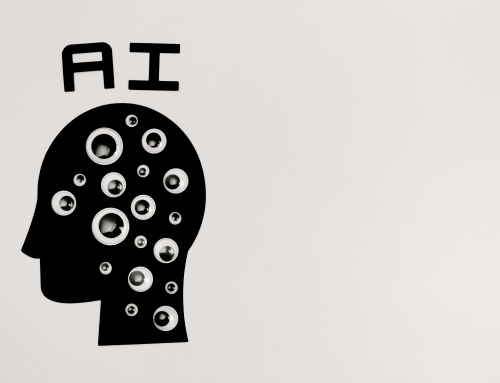In recent years, ChatGPT, a large language model trained by OpenAI, has been making headlines for its ability to generate human-like language. However, its use in delivering messages after a tragic event has been a topic of controversy. Recently, Vanderbilt University came under fire for using ChatGPT to send a message to students about a mass shooting that occurred at Michigan State University.
The email, which was sent to all students at Vanderbilt, began with a message of condolence and then went on to discuss the shooting in detail. While some students appreciated the quick response from the university, others criticized the use of ChatGPT to deliver such sensitive information.
The controversy led to Vanderbilt officials launching a review into the use of ChatGPT for delivering messages to students. In a statement, the university said, “We understand that the use of ChatGPT in this situation has caused concern among some of our students and we take that feedback seriously. We are reviewing our policies and procedures to ensure that we are using the best methods for communicating with our students during emergencies.”
Vanderbilt is not the only institution to come under fire for using ChatGPT to deliver condolence messages after a mass shooting. In another instance, a ChatGPT-generated email sent by a company offering condolences after a shooting also drew criticism. Some people felt that the use of an algorithm to deliver such a message was insensitive and lacked empathy.
While the use of ChatGPT in these situations has sparked controversy, it’s important to remember that the technology is still relatively new and evolving. As more institutions experiment with using ChatGPT for communication, policies and procedures will likely be put in place to ensure that messages are delivered with the appropriate tone and sensitivity.
In the meantime, it’s up to each institution to weigh the pros and cons of using ChatGPT for sensitive communication. While it can be a useful tool for delivering information quickly and efficiently, it’s important to remember that technology is not a substitute for human empathy and understanding. Institutions should always strive to balance the benefits of technology with the importance of human connection in times of crisis.







